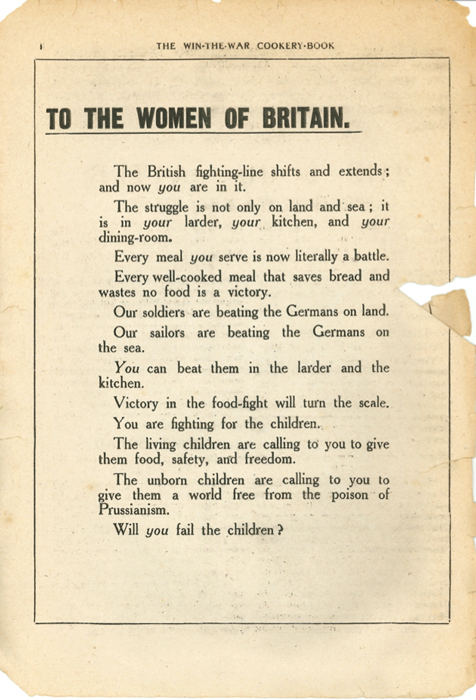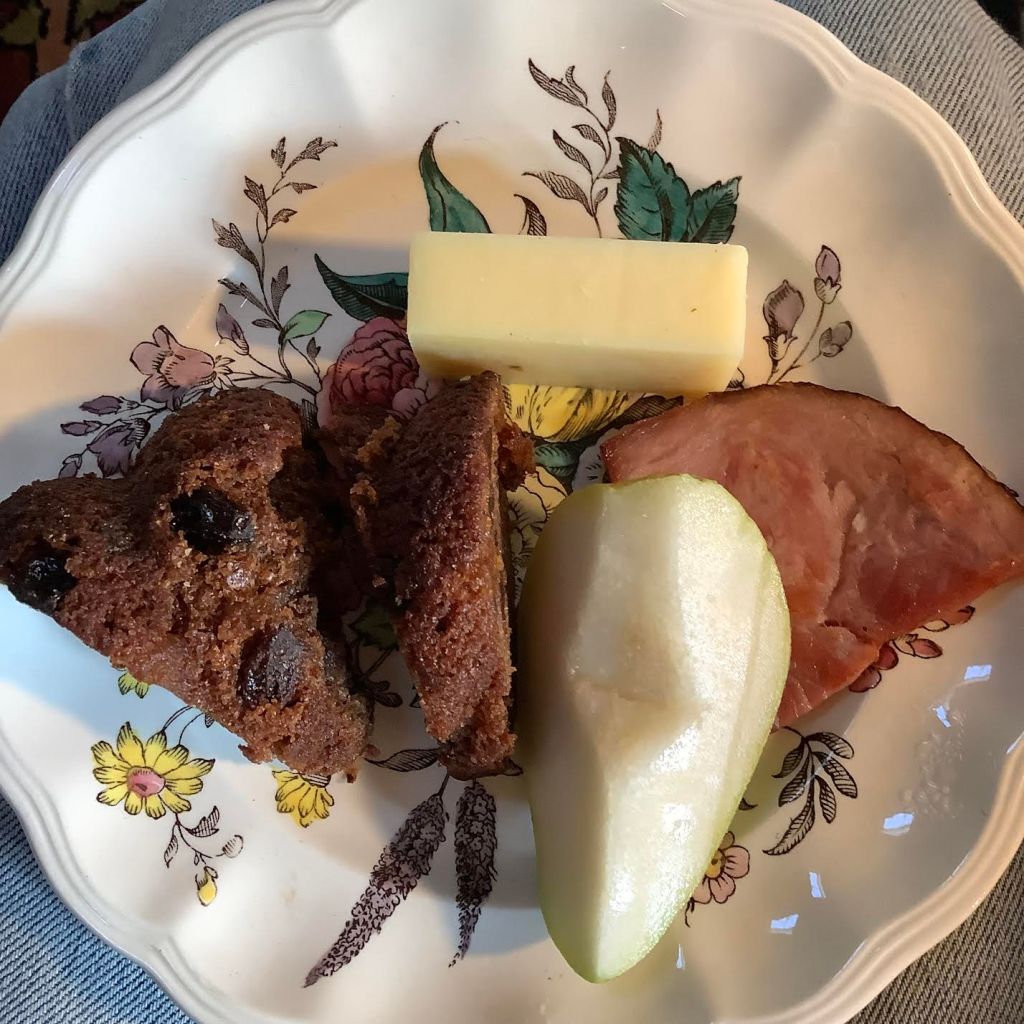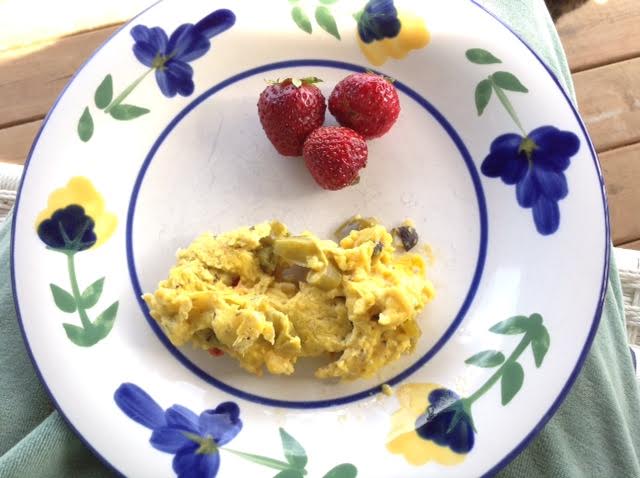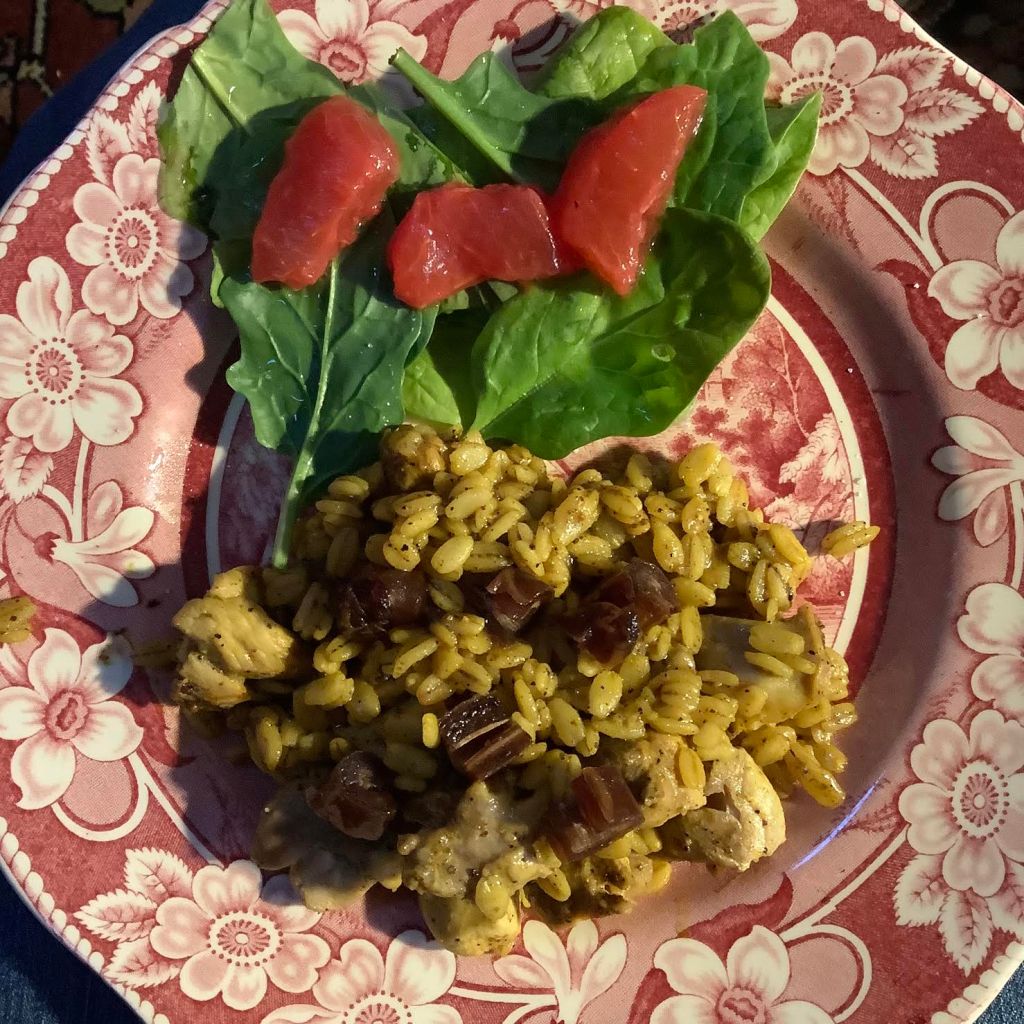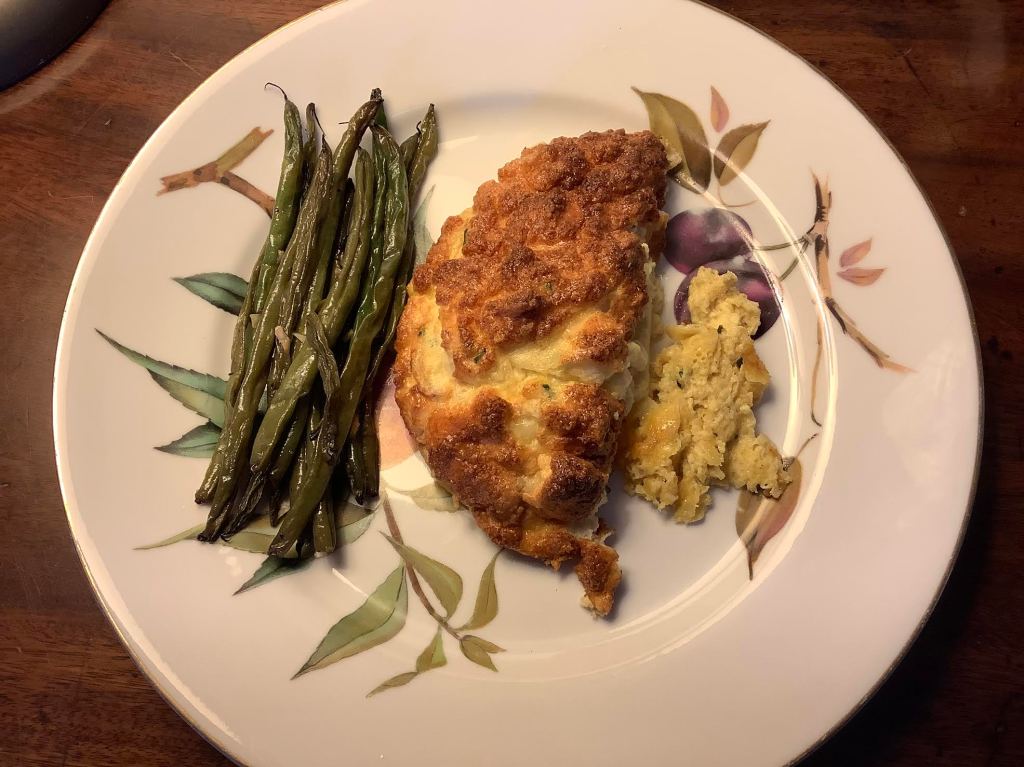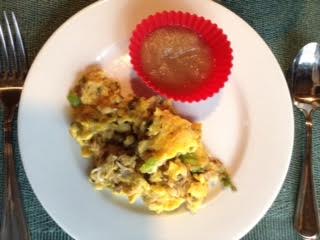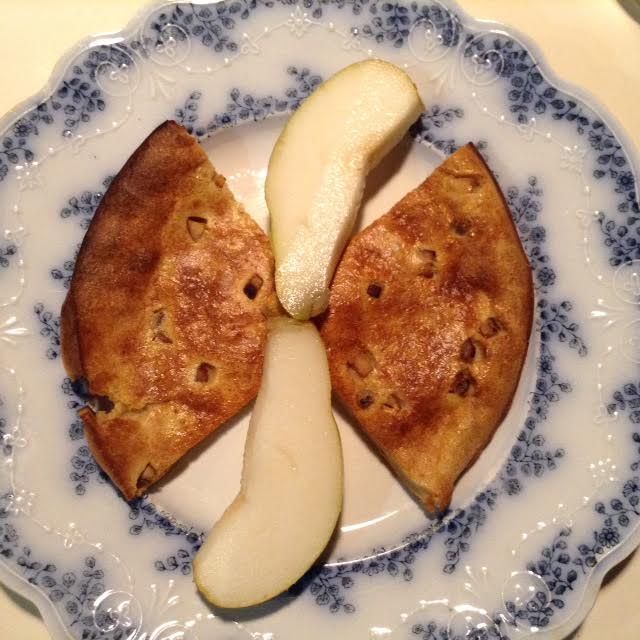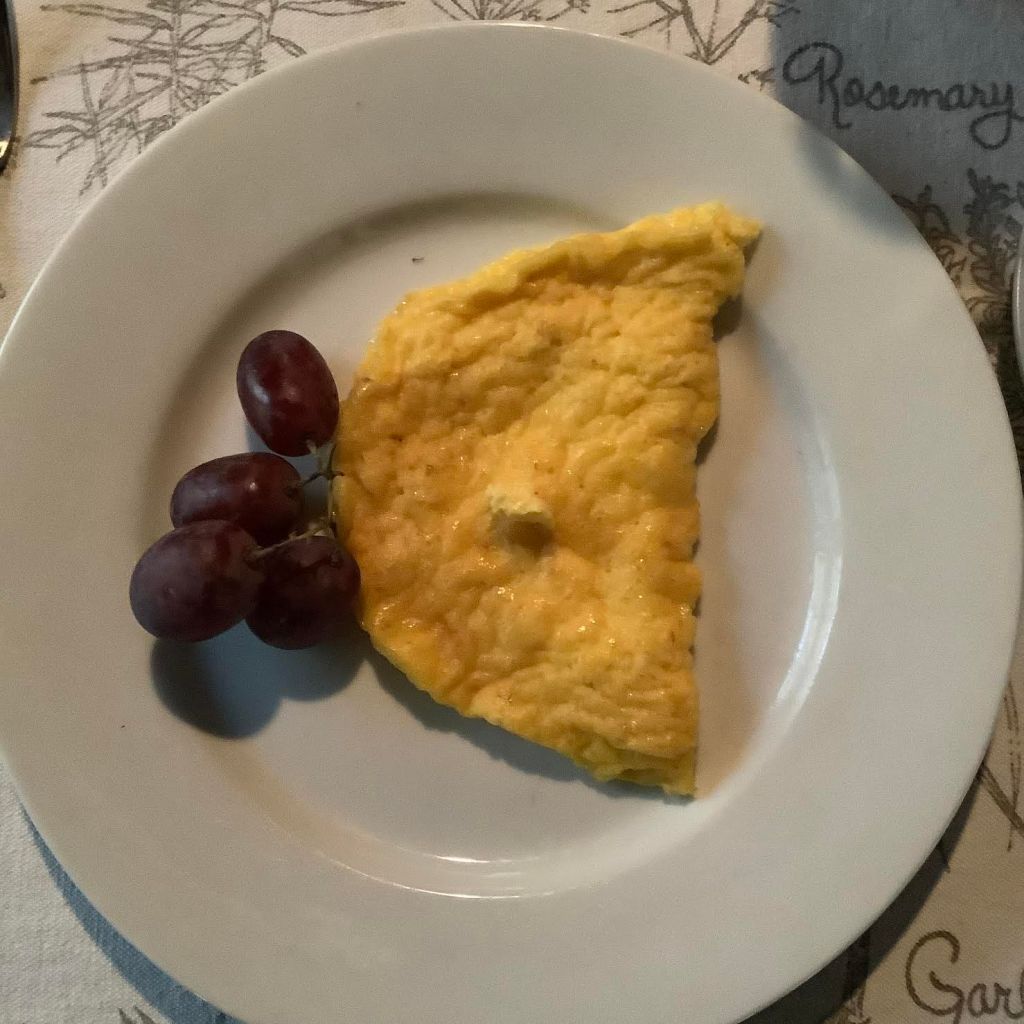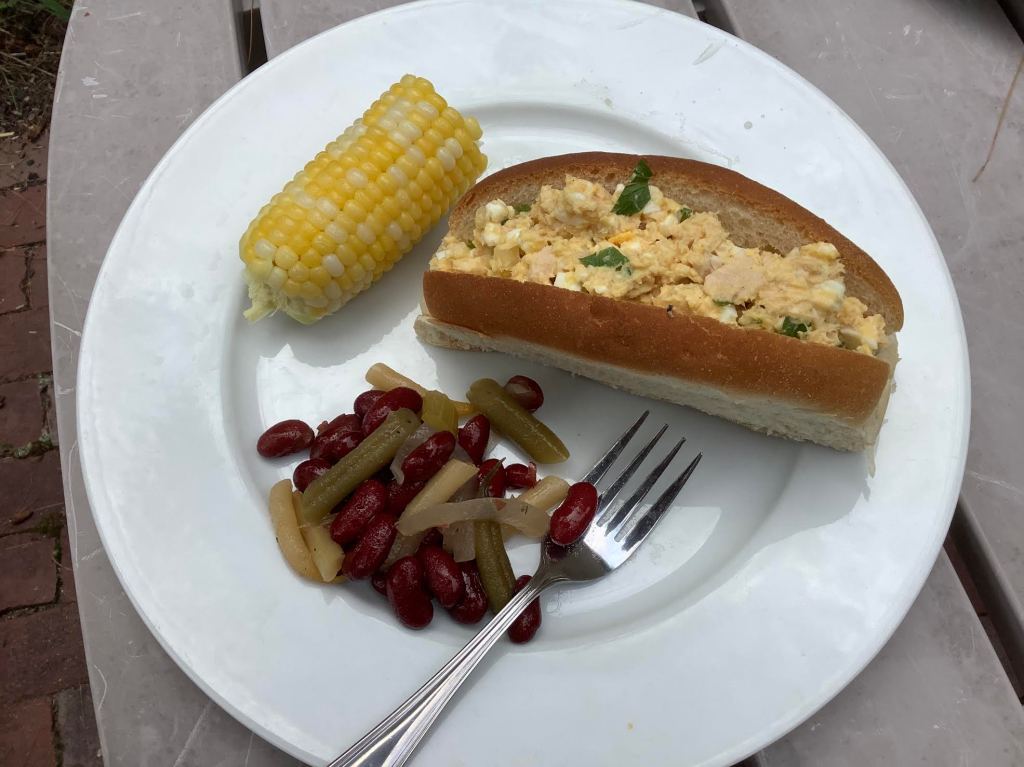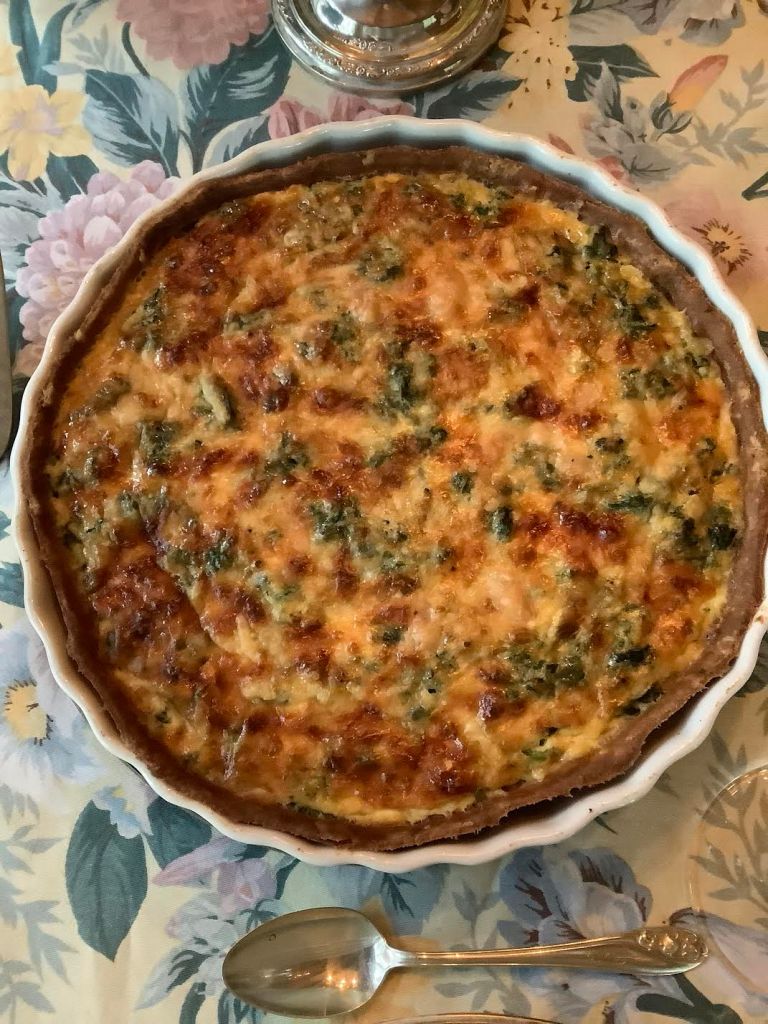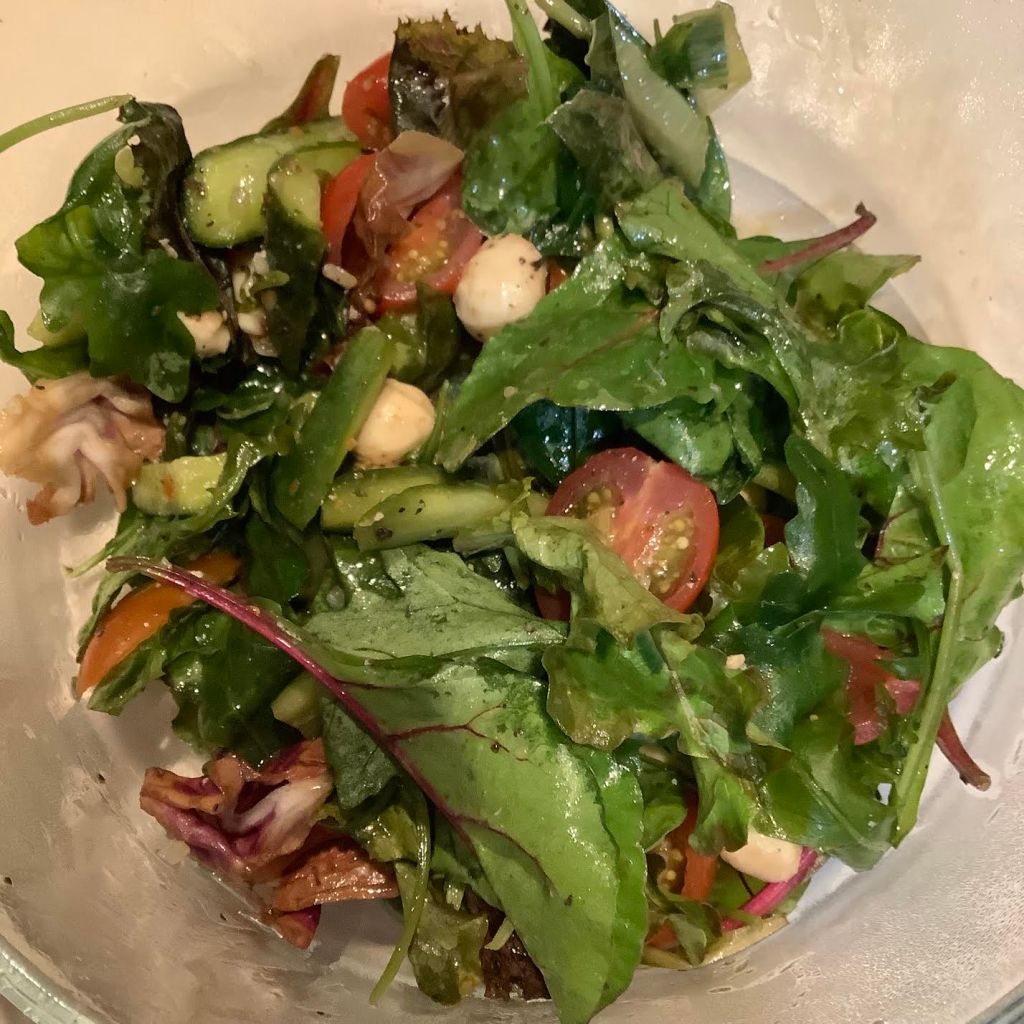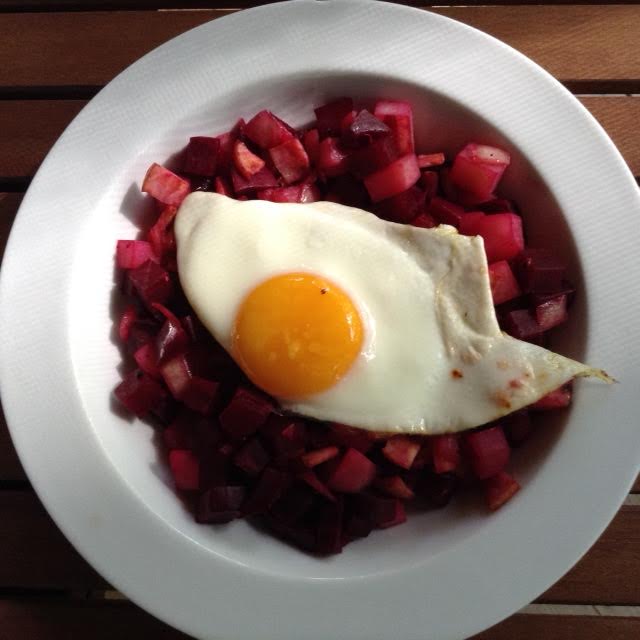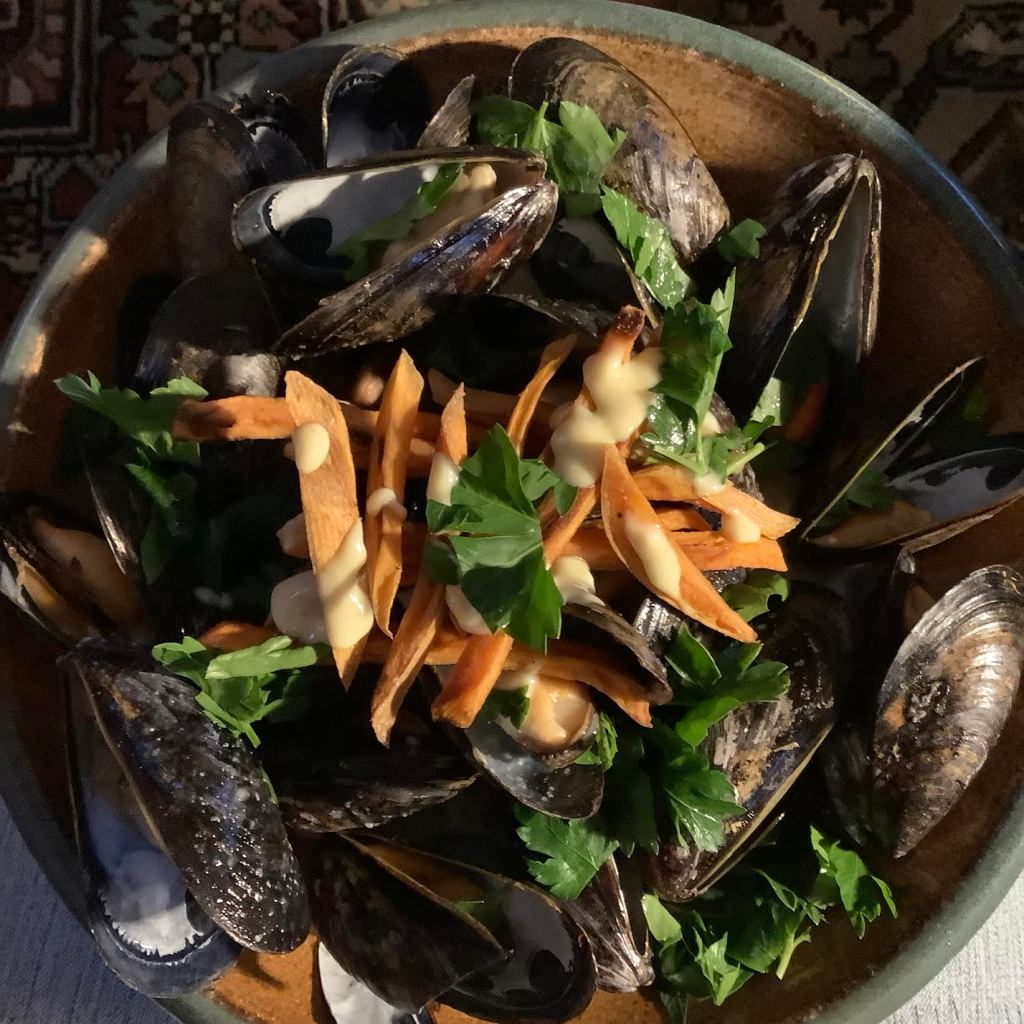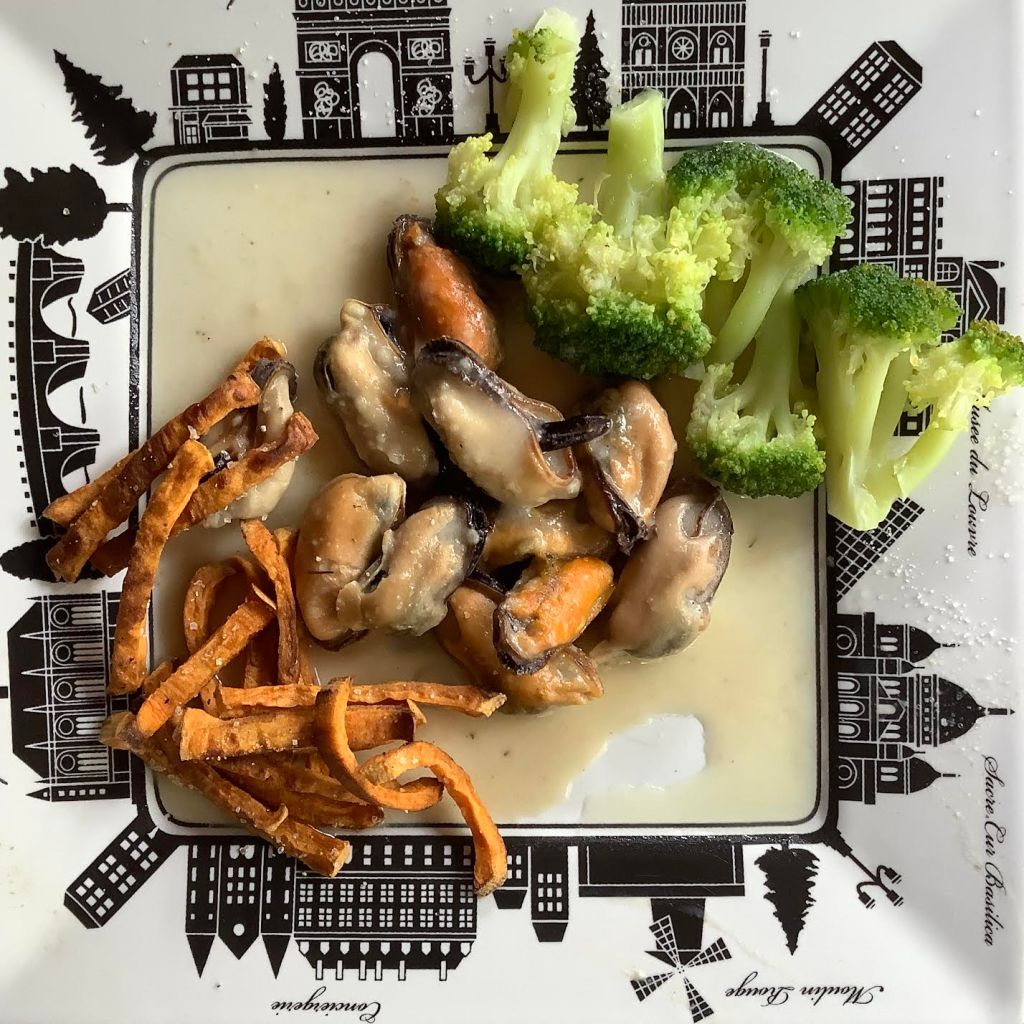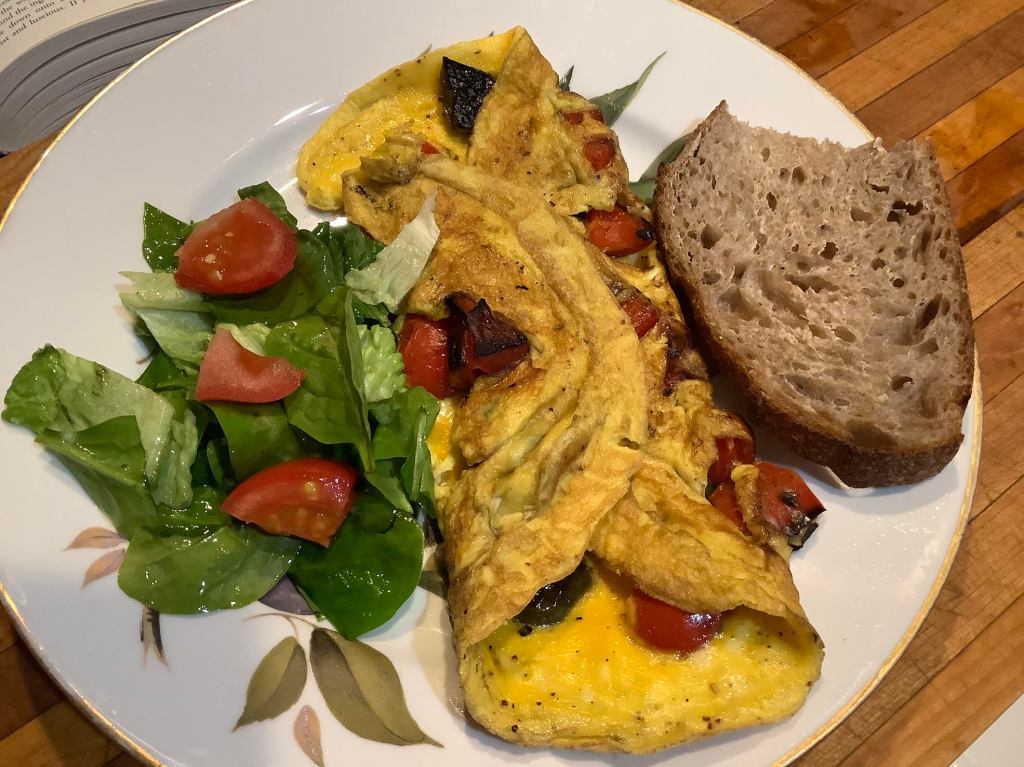People who are new to Fasting often pose the questions: “Can I really eat ‘anything I want’ on a Slow Day?” and “What should I eat on Slow Days?” To answer those questions, I have decided to add some blog posts to show some of the foods we eat on what the world calls NFDs [non-fast days] but which, in our house, we call ‘Slow Days.’
Now for the answers. Can you really eat ANYTHING you want on a Slow Day? Not really. If you eat too many calories every Slow Day, you will not lose weight. There are many questions asked on the Fast Diet Forum which attest to that. Once in a while you can splurge, as long as it isn’t everyday. For what to eat on Slow Days, Dr. Mosley recommends a Mediterranean Diet. As for how we eat, an example follows.
During World War 1 and World War II, the people on the home front in Great Britain, Canada, and the US shared in the war effort. They donated metal to make munitions, they saved cooking fat and sent it to use as a lubricant for machinery. And most of all, they endured years of food scarcity since food was diverted to the troops. At home, eggs, butter, sugar, cheese, and meat were rationed. Each household received a ration card which was taken to the store to determine how you could shop. Each week, the grocer would dole out the commodities needed to run a home kitchen, and it was not enough. Here was the weekly rations per adult in Canada:
- sugar: one cup (the average Canadian eats twice that much today)
- butter: four ounces (one-quarter pound)
- tea: two ounces, or coffee: eight ounces (because these items came from other countries)
- meat: 24-32 ounces (less than five ounces per day)
- beer, spirits and wine were also rationed, the amount varying between provinces [PEI still had total Prohibition until 1947]
Cooks became creative. No butter? Lard would substitute in baked goods. No milk? Water or tea might suffice. No sugar? Try molasses. No eggs? Oh bother.
From those privations came ‘War Cake,’ a special bake to make a family celebration more festive in trying times. A housewife had to plan ahead for it, saving out a bit of sugar for weeks before baking. This recipe is from Maritime Canada, where it was often served at Christmas, and still is in some families. In the baking division at the Dundas Plowing Contest in PEI, one category is ‘war cake.’ So I tried this last year and it was a winner — literally and figuratively. It won 1st Prize and has been popular when served to friends and family.
| 12 servings, 1 cake | Preheat oven to 325 F/165 C. Grease and flour a tube/loaf/Bundt pan. |
| 1 c water/herbal tea 1 c raisins + dried apricots 1/2 c light molasses 1/3 c/5 Tbsp sugar 1/3 c lard | If using dried apricots, dice them. Or use all raisins. Bring these to a boil in a saucepan. Reduce heat to low, and simmer until raisins are plump, ~5 minutes. Let cool, but not so much that the lard solidifies. |
| 1.5 c white whole wheat flour 1/2 tsp baking soda 1.5 tsp cinnamon | Whisk together in a bowl. |
| Stir flour mixture into raisin mixture until well combined. Pour into prepared baking pan. | |
| Bake until a toothpick inserted near center comes out clean, ~1 hour, less if baked in tube pan. |
Serve with slices of Cheddar Cheese and a cup of tea. Splendid for breakfast, elevenses, tea time, or dessert. Enjoy a taste of the past.

